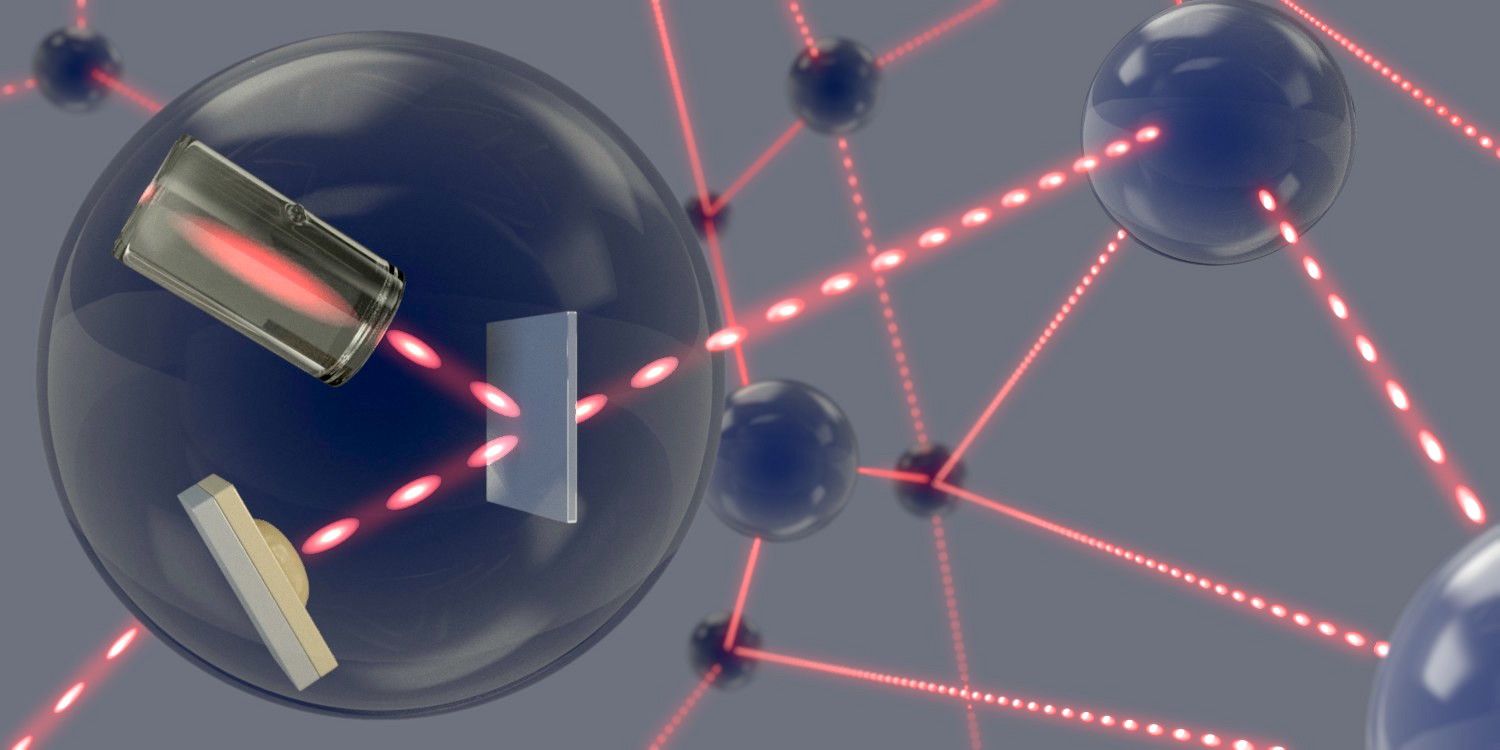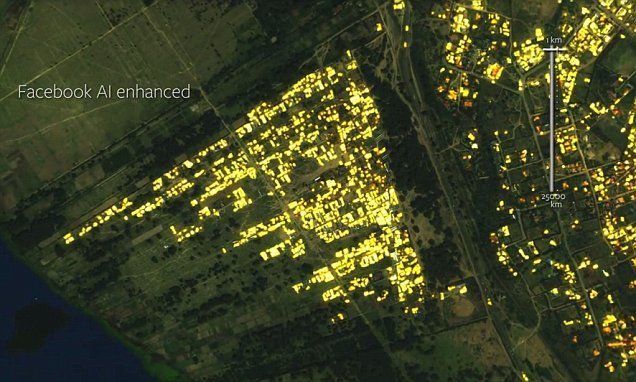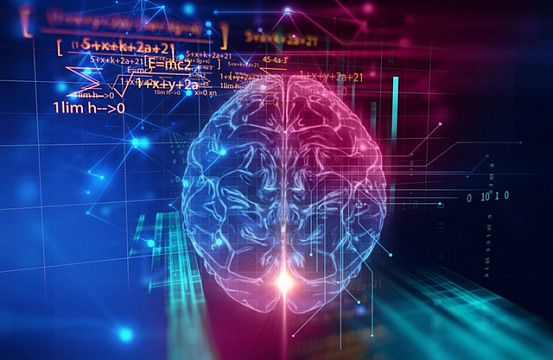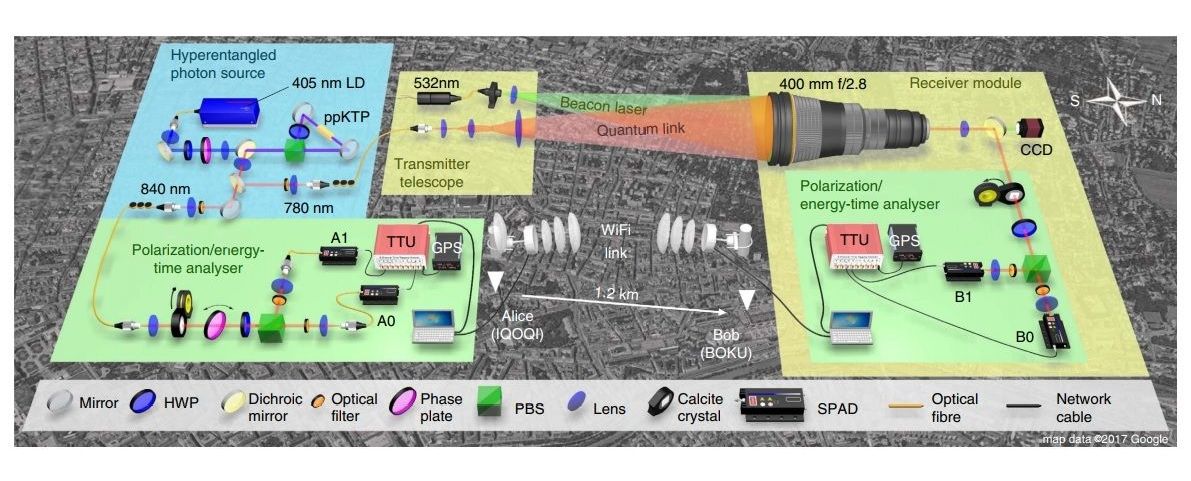For the unwary, ICOs represent an even bigger risk, as uncertainty about how they should be regulated means most lack even basic protection of securities laws that governed the dotcom IPOs. As pure digital events, the online fundraisings are also exposed to familiar internet frauds, from phishing scams used to rip off the unwary to the hacking of the underlying software underpinning the new ventures — the fate that befell the first prominent ICO last year, for a company called the DAO.
Flood of initial coin offerings is aimed at bypassing Google and Amazon, but sceptics fear a bubble.









